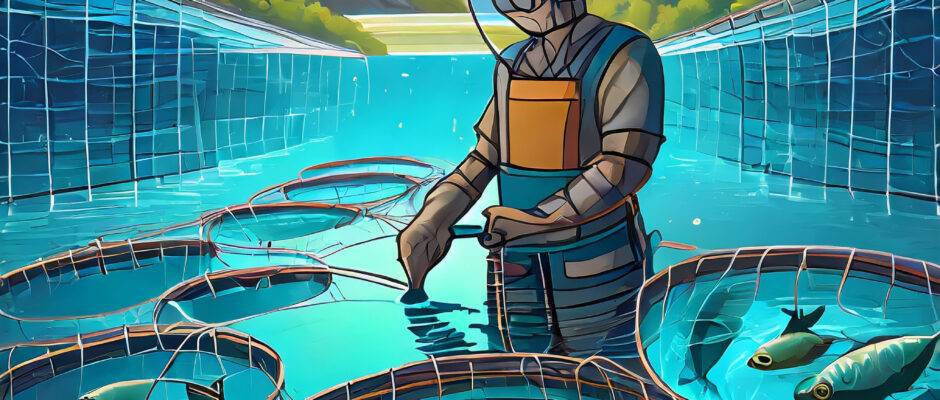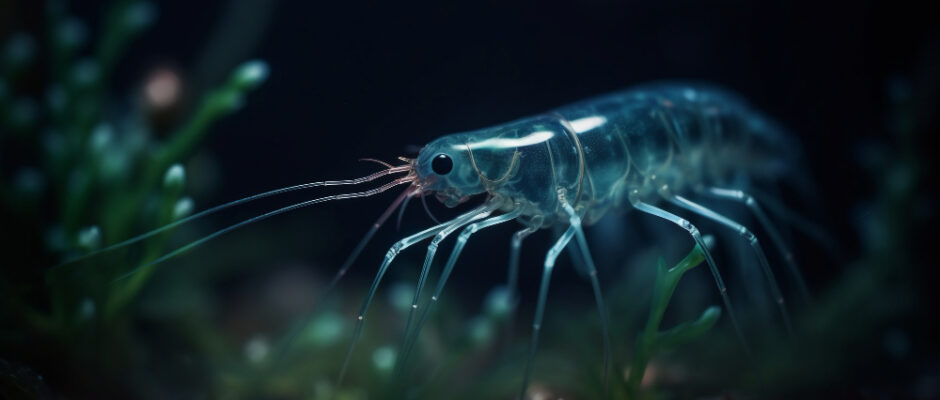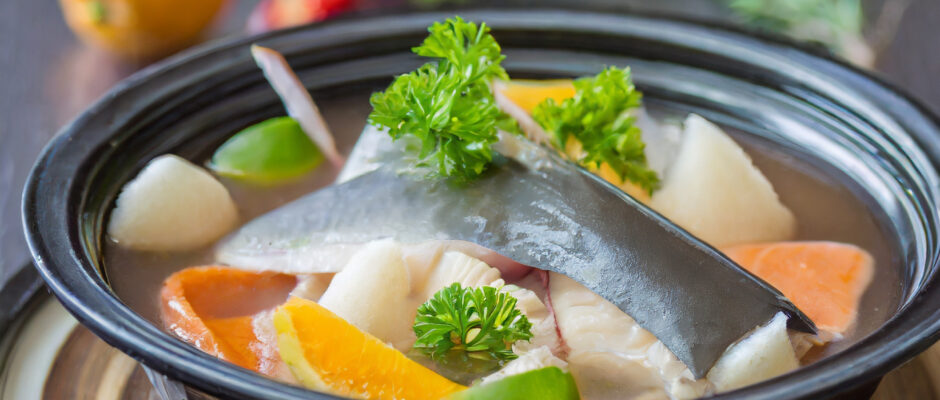Leveraging Frontier Technologies to Revolutionize India’s Fisheries Sector
In response to the surging demand for fish, an imperative driving force for the economy, NITI Aayog Vice Chairman Suman Bery emphasized the need for innovative strategies to enhance productivity. Speaking at a high-level national workshop jointly organized by NITI Aayog, the Central Marine Fisheries Research Institute (CMFRI), and the Kerala Fisheries Department in Kochi, Bery underscored the pivotal role of technology as a key driver for growth. Bery highlighted the potential of frontier technologies, specifically artificial intelligence, to address challenges in the marine fisheries sector. Recognizing the rising disparity between states, NITI Aayog Member Ramesh Chand expressed concern about the imbalanced growth in fisheries, citing Andhra Pradesh’s production as 50% higher than the combined total of Gujarat, Maharashtra, Kerala, Tamil Nadu, and Karnataka. He called for increased attention to address this disparity. Chand also noted that the demand for fish doubled in the past decade, ending in 2022, compared to the previous decade ending in 2012. Stressing the promising export share of fisheries in agriculture and food commodities, he proposed measures to boost seafood exports, including enhancing value addition and introducing cutting-edge processing innovations. Chand highlighted the potential for India to tap into unexplored value-addition opportunities in seafood by establishing state-of-the-art processing facilities, ultimately earning greater foreign exchange. The high-level national workshop, inaugurated by NITI Aayog Vice Chairman Suman Bery, saw the participation of key figures such as NITI Aayog Member Ramesh Chand, Indian Council of Agricultural Research (ICAR) Deputy Director General J K Jena, and Kerala’s Fisheries Principal Secretary K S Srinivas. The event brought together high-ranking officials from NITI Aayog, the Union Fisheries Ministry, and the fisheries departments of nine coastal states and one Union territory, collectively exploring ways to harness the immense potential of the fisheries sector in marine states.



